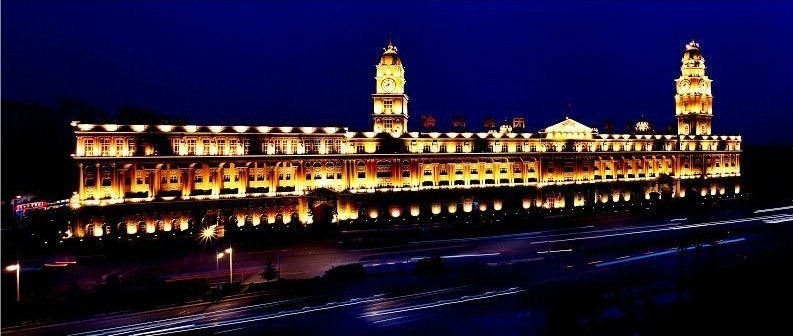Why are prescription drugs so expensive? Here is the answer.
A few years ago, Harbin Pharmaceutical Group Co., Ltd., a Chinese state-owned company and the country’s second-biggest drug maker by market value, posted on their website a set of photographs showing the insides of their office in Harbin, in the northeast of Heilongjiang province. The photos shows an extravagant interior decorated in the style of the Palace of Versailles, with fully carved wood corridors, gold foil inlays, triple-tiered crystal chandelier and marble columns as thick as tree stumps. The construction of the building and interior decorating cost the company more than 93 million yuan (USD 15 million).
Unsurprisingly, the photos generated a huge uproar among Chinese internet users and drew a barrage of criticism. One outraged internet poster wrote on Sina Weibo, a Twitter-like microblogging site, “It’s a palace which is built on the pain of millions of patients,” while another posted: “Now I finally know why Chinese people can’t afford to go to the doctor and buy medicines.”
Citizens living near the building also reacted with anger to the pictures, insisting the money should have been spent on sorting out the factory's sewage problems. A few months earlier, the company was accused for illegally discharging wastewater, waste gas and industrial waste. At that time the company had said that it didn’t have the money to solve the problem.
Incidentally, the firm's annual report for 2010 showed that it spent 19.6 million yuan (USD 3 million) on environmental protection but 27 times more on advertising. According to Ministry of Finance data, the company made profits of nearly 2 trillion yuan the same year.
Seeing the backlash, the company removed the sensational photos from its website, and claimed the photos are of a wood-block-printing art museum located in the same building as the company’s headquarters. Lu Chuanyou, head of the company, said that for except for the magnificent lobby, the design and decoration of the working section is generally plain and simple, while the art museum’s section, located from the fourth floor to the sixth, looks sumptuous, decked out with crystal chandeliers and finely crafted copper-coated wooden figures as well as grandly-decorated meeting rooms and parlors. The museum was added, according to Mr Lu, to promote cultural development and highlight the company’s social responsibility.
When asked why the pharmaceutical company decorated the plant’s art museum section in such a luxurious style, the spokesperson failed to answer.
Pharmaceutical companies and hospitals all over China are notorious for awarding fat bonuses to doctors who prescribe expensive medicines or order up high-tech tests. Data from the Ministry of Health show that around 50% of total health spending in China is for drug purchases, which is disproportionately high compared to other countries.


Sources: Wall Street Journal / Daily Mail / China Smack





















Russian doctors often do the same - they advise to use expensive drugs. A lot of drugs sale without prescription.
ReplyDeleteSocialism with Chinese characteristics
ReplyDelete